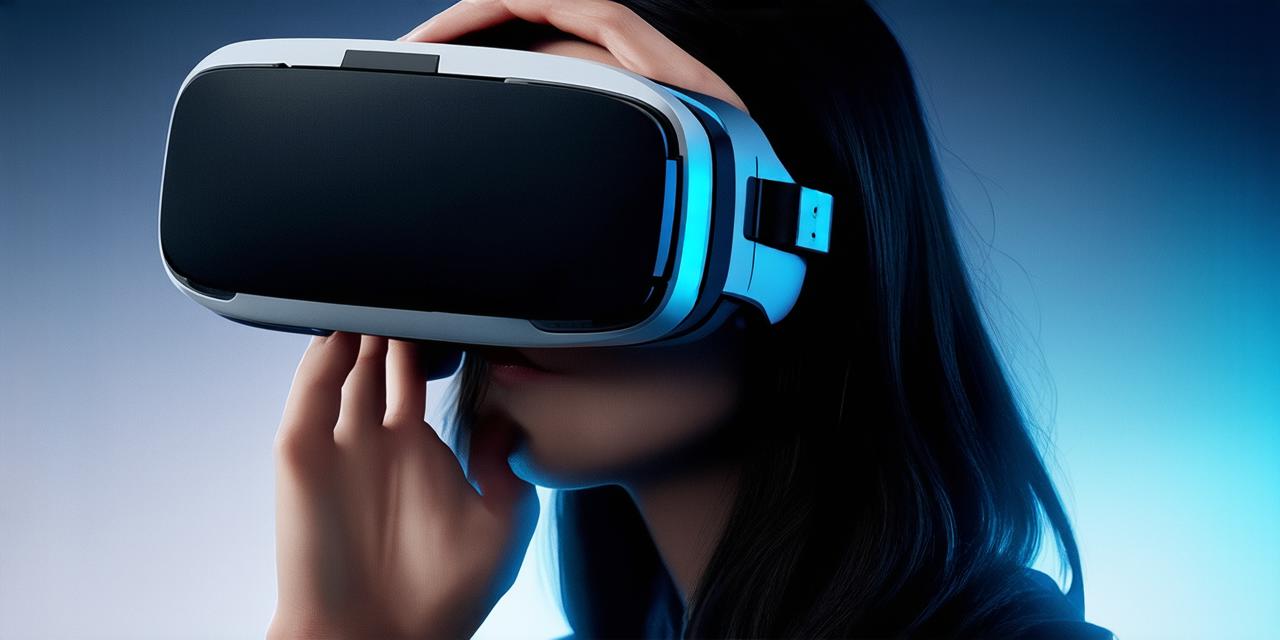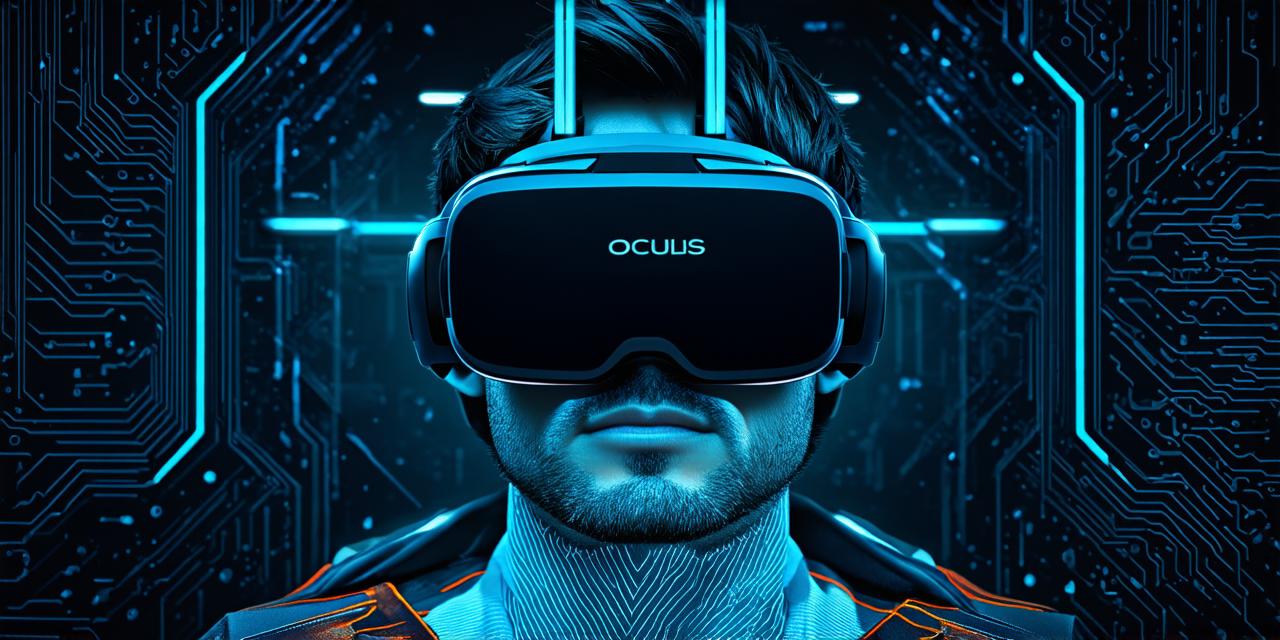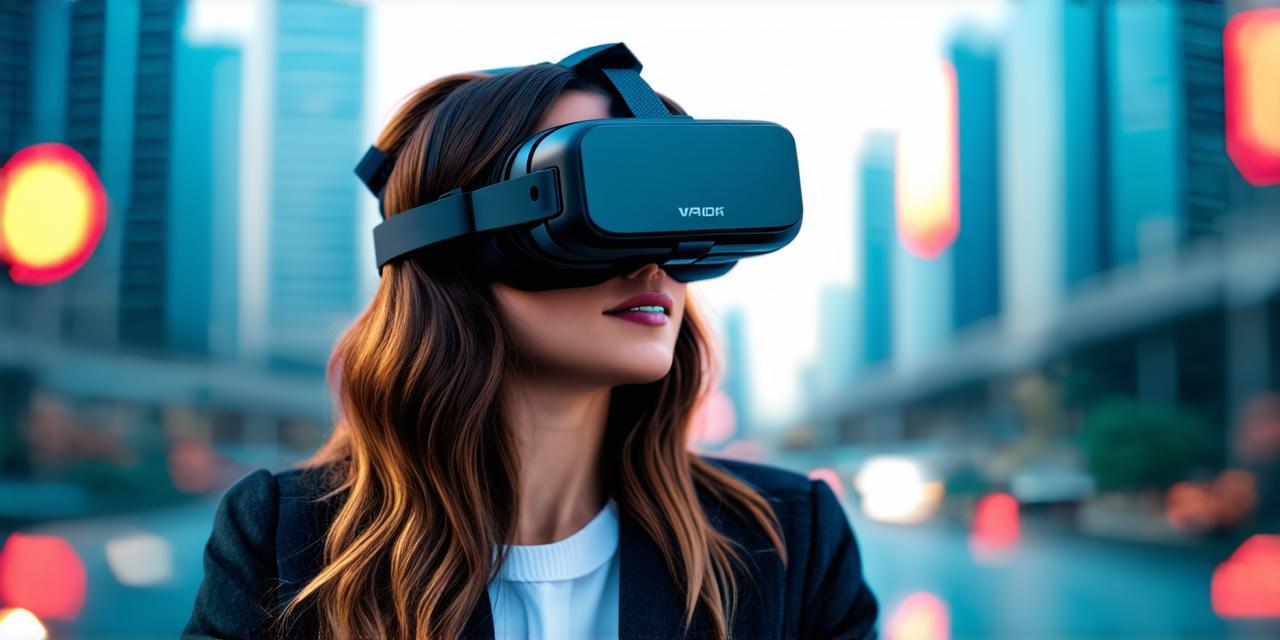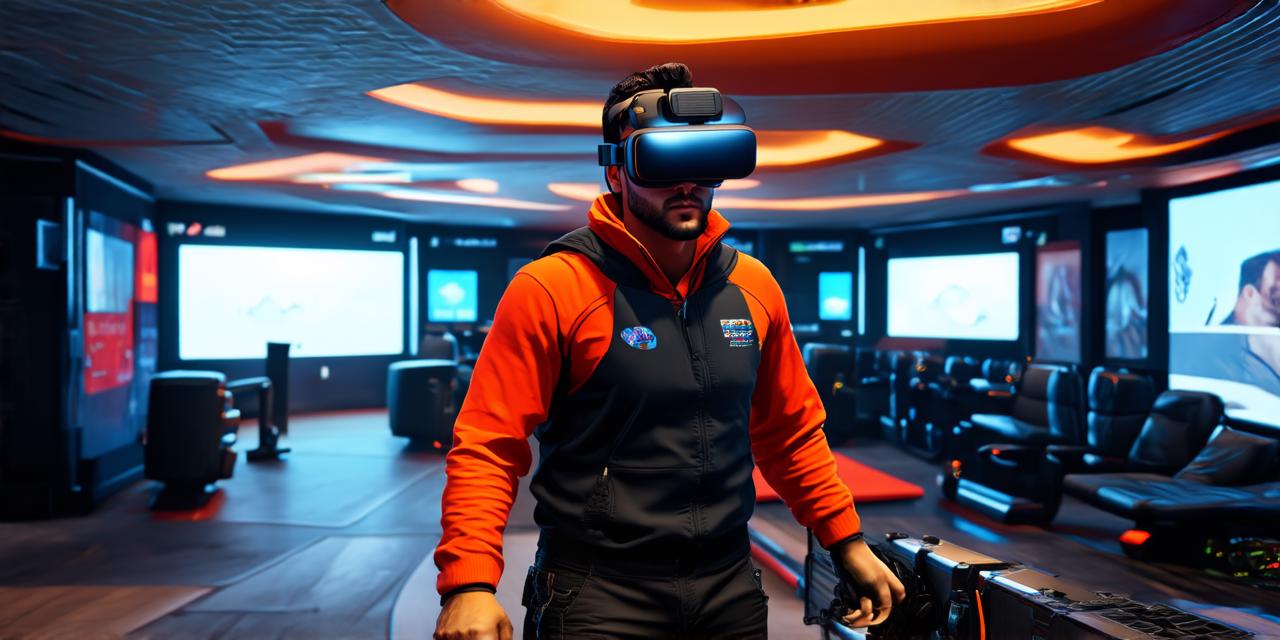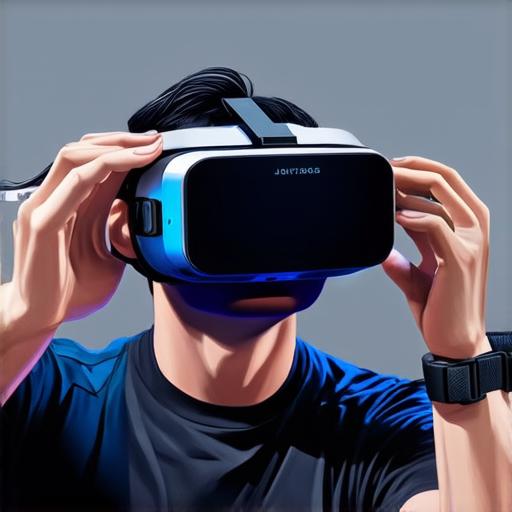
Virtual reality (VR) is an exciting technology that allows users to immerse themselves in a digital world. For AR developers, VR can be a powerful tool to create engaging and interactive experiences. However, operating a VR headset can be a bit overwhelming for those who are new to the technology.
Understanding VR Headsets
Before diving into how to operate a VR headset, it’s important to understand the basics of the technology. A VR headset consists of two displays that are mounted on a headband and track your movements through sensors. The displays create a 3D image that appears to be in front of you, creating an immersive experience.
There are several different types of VR headsets available on the market, each with its own features and capabilities. Some popular options include the Oculus Quest 2, HTC Vive Pro, and Sony PlayStation VR.
Getting Started with Your VR Headset
The first step in operating a VR headset is to set it up properly. This will involve connecting the headset to your computer or gaming console, installing the necessary software, and calibrating the sensors.
To connect your VR headset to your computer, you’ll need to use a USB cable or a wireless adapter. Once connected, you’ll need to download the appropriate software for your headset, such as Oculus Home or SteamVR. This software will allow you to access and download games and applications that are compatible with your VR headset.
Calibrating the sensors is an important step in ensuring that the VR experience is accurate and comfortable. Most VR headsets come with a built-in calibration process, but it’s important to follow the manufacturer’s instructions carefully to ensure that the sensors are properly aligned with your eyes.
Adjusting the Headset
Once you have set up your VR headset and calibrated the sensors, it’s time to adjust the headset to fit your comfort level. The first thing you should do is adjust the headband so that it sits comfortably on top of your head. You can also adjust the straps to ensure that the displays are at the correct distance from your eyes.
Next, you should adjust the IPD (interpupillary distance) setting on your VR headset. This setting determines how far apart the displays appear to be in front of your eyes, and can greatly affect your comfort level and ability to focus. To adjust the IPD, simply move the slider until the displays appear to be at a comfortable distance from each other.
Tips for a Better VR Experience
Now that you have set up and adjusted your VR headset, it’s time to start exploring! Here are some tips to help you make the most of your VR experience:
- Sit in a comfortable chair with good posture. This will help reduce motion sickness and improve your overall comfort level.
- Adjust the brightness and contrast settings on your computer or gaming console to ensure that the display is clear and easy to see.
- Experiment with different games and applications to find ones that you enjoy. There are many VR experiences available, so don’t be afraid to try new things!
- Take breaks frequently to avoid motion sickness and eye strain.
- Consider using a VR controller or hand tracking to make interactions more intuitive and natural.
Summary
Operating a VR headset can be an exciting and immersive experience, but it can also be overwhelming for those who are new to the technology.
